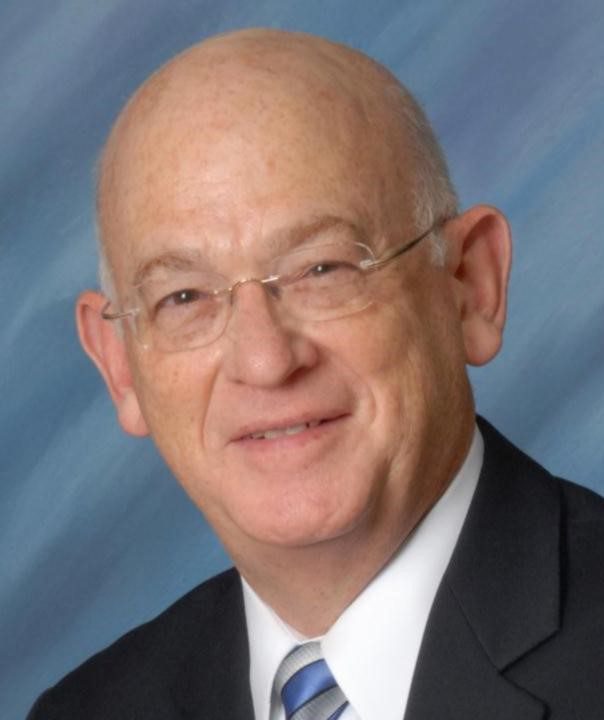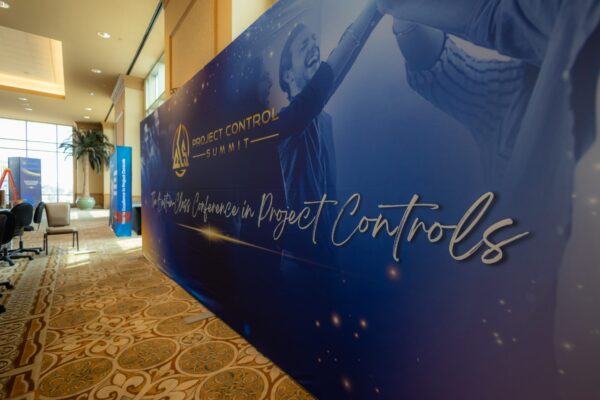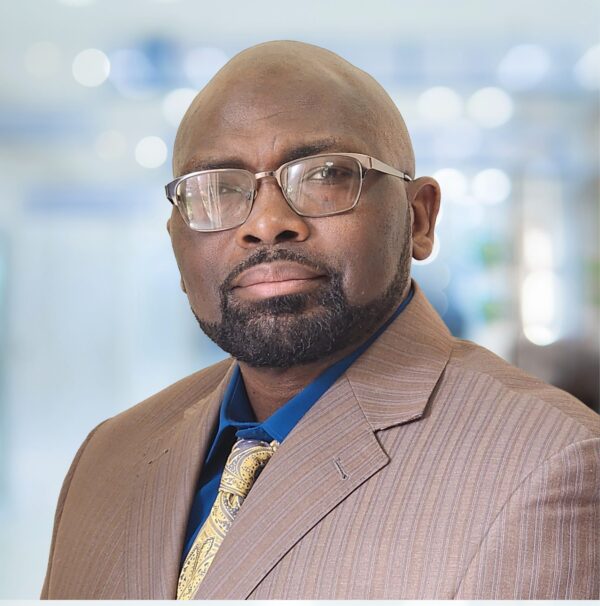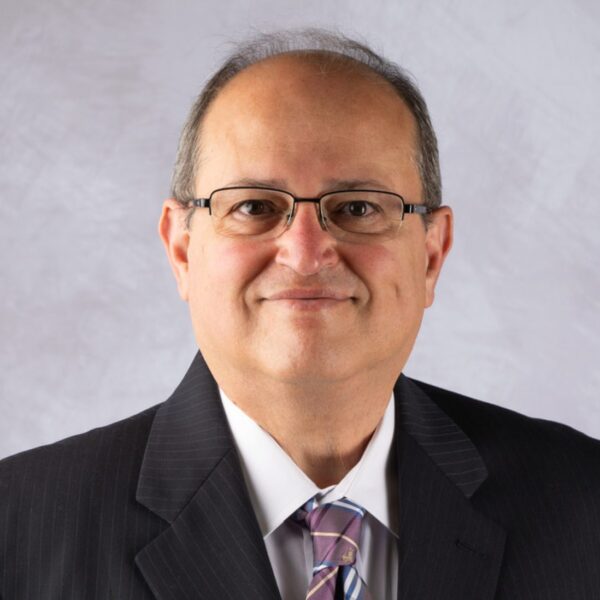


From middle-school to graduate programs, students regularly observe a familiar phenomenon: somehow, teachers schedule their quizzes, tests, projects, and presentations for the same day. However students at Widener University in Chester, PA, regard this phenomenon, they will not find it in Professor Michael Radbill’s Engineering 401 & 402 capstone course. During one of his classes, Radbill spent time working through the course’s master schedule, making sure his students had no or few conflicts with other classes for major assignments and deliverables. The no-conflict schedule approach was just one of the many positive features apparent about the class, each reflecting Radbill’s understanding of both the engineering student experience and the real-work issues of construction projects.
From nine to five, Mike works as a Vice President at Hill International, Inc., out of the firm’s Philadelphia, PA, headquarters. He has more than 45 years of experience in the construction industry, having worked at Hill since 2012. Prior to his construction career, Radbill served in the U.S. Army, achieving the rank of Lieutenant Colonel.
In the evenings, Radbill draws on this wealth of professional experience and shares it with his students at Widener. Engineering 401 & 402 is a year-long course where seniors studying engineering take on a real-world project. In addition to a lecture from one of the Engineering Department’s professors, Mike and other professionals find and facilitate projects for a small group of students and reinforce lessons on the critical components of project execution. This year, his classroom is virtual, but that hasn’t stopped the students from benefitting from Radbill’s experience and expertise. Together, Widener’s capstone course and Radbill’s approach offer an exemplary model for architecture, construction, and engineering education that can be incorporated into mentorship programs for junior professionals.
The Class
The capstone course centers on the yearly project. This year, Radbill’s students are developing design solutions for shopping centers’ parking lots, aiming to reduce to eliminate conflicts between entering vehicles, exiting vehicles, and pedestrians. Regarding the selection of the project, Mike says, “I look for projects that have a practical application and provide an opportunity for students to interface with the public and other professionals. Parking lots provide a real-world example of this interaction.”
Along the way, Radbill helps students break down the project into its components and execute each piece. He frequently references materials and lessons from old classes to emphasize how the interrelated parts of their project continue appearing. He also helps the students understand professional decorum in delivering work and presenting results, and reinforces other skills necessary for a career in engineering, such as public speaking, professional writing, collaboration, and critical thinking.
Radbill summarizes: “My goal is to impart skills to students that will enable them to succeed when they graduate to the workplace. These skills include giving good and interesting oral presentations, and writing technical papers that are clear, concise, and correct. Other skills I strive to impart are a fundamental understanding of critical path method scheduling, bottom up cost estimating, and, oddly enough, regular submission of time sheets that show how much time was spent on certain tasks.”
Examples include lessons on scheduling, developing activity lists, and entering data into Microsoft Project. Other activities involve the acquisition of parking lot plans, the discussion of conflicts resulting from the plans, the proposal of solutions to improve the parking lot designs, and the use of computer aided design and drafting (CADD) software to recreate parking lot designs with recommended improvements.
In class, the students generally do most of the talking while Radbill offers constructive criticism and asks targeted questions. Students explain why they made certain design decisions, for example, and he asks about their designs, never outright telling students a particular design won’t work, but leading them to draw the correct conclusion themselves. “I often offer praise for good thinking, but never give negative feedback,” Mike adds.
Professionalism & “Soft” Skills
Radbill takes extra steps to prepare his students for the realities of the working world. Time sheets are an excellent example. While such administrative tasks may seem straightforward, early familiarity with such tasks helps students adapt quickly to the expectations of the workplace. “The time sheets also promote scheduling skills for the students,” he says. “The ability to think minutely about how they’ve spent their time is a skill that will transfer well beyond the workplace.”
Radbill also has a humanities-level expectation for oral presentations and writing performance. Students rehearse presentations multiple times in class. His expectations for presentations go well beyond technical accuracy, including eye contact with the audience, appropriate dress, and professional diction. “Students never read from their slides,” adds Radbill. “I also ask them to control their filler words: ‘like,’ ‘you know,’ and ‘uh,’ for example. I do this because I know strong speakers get ahead faster in the business world. The techniques I use were learned first in the military and then honed over years of delivering and witnessing countless presentations to clients.” Radbill also gives the students writing assignments and critiques their writing to help develop writing skills and to make it clear that engineering professionals must be able to write well.
During the virtual classes, Radbill asks students to use the share-screen feature to pull up the class’s live schedule. This holds students accountable for maintenance of the schedule and allows the whole class to stay on topic together. When jumping into more granular activities from the schedule, students who are responsible for specific documents or CADD drawings will pull up the required materials for the rest of the class. Since the project was collaborative, he and the students were able to accomplish a great deal this way. Plus, leaving the obligation of maintaining and delivering all class materials to individual students helps promote coordination and teamwork skills and holds the students accountable for their work.
Teaching Methods for Students and Professionals
Part of Mike’s impact stems from his rapport with his students and his attitude towards teaching. In class, he asks about each of his students, checks their other schedules for the semester to help limit conflicts, and ensures students have the time they need to succeed. When he asks his students to bring up different documents and discuss, Radbill is encouraging leadership, collaboration, and accountability. These soft skills he teaches are critical parts of the modern engineer’s tool belt. He often asks each student what they think about class decisions, encouraging direct participation in the planning and execution of classroom tasks. That is not to say the class is only driven by student engagement—Radbill also asks questions that ensure students are on the same page about who is responsible for what.
“For me it’s not so much about teaching as about leading and mentoring,” says Mike. But it is clear, despite all the leadership the professor brings, one of Radbill’s primary goals is imparting leadership skills to the students.
A project-based learning experience with a real, public-facing project; direct contact with professionals, including Professor Radbill himself; technical work on scheduling, cost estimating, quality assurance; student-driven and leadership-focused classroom practices; an emphasis on soft skills like public speaking and professional decorum; direct experience with technologies such as CADD and scheduling software; and practice performing the administrative tasks of the workplace—all of these features make Radbill’s class an ideal place for burgeoning engineering professionals.
To speak with Professor Radbill about his educational practices, reach out to him via email at [email protected]. For more information about Hill, please visit www.hillintl.com. For more information about Widener, please visit www.widener.edu.
Share

June 23, 2025 | Articles
Jeffrey Hurley Joins Hill’s Northern California Rail Practice

June 23, 2025 | Articles
Ready, Set, Grow: First VP Chad Koelling Takes Charge of Hill’s Mountain West Region

June 8, 2025 | Articles
PMO in Saudi Arabia: The Holistic Approach to Realizing a National Mega-Portfolio

June 1, 2025 | Articles

May 26, 2025 | Articles

May 12, 2025 | Articles
Keeping Your Water/Wastewater Programs Flowing with Public Relations

April 27, 2025 | Articles
Oiling the Machine: Steps to Successful Permitting on Infrastructure Megaprojects

April 20, 2025 | Articles
Sustainable Scaling: Solutions for Managing Risk on Europe’s Data Center Projects